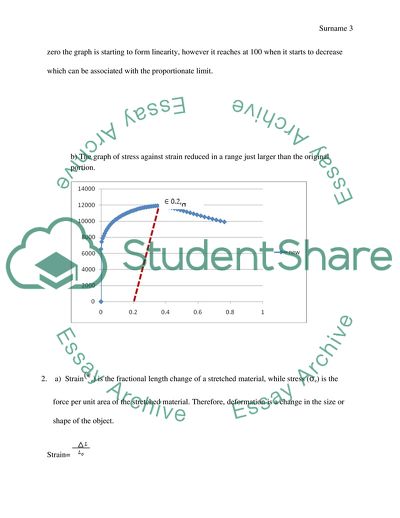Cite this document
(Stress and Strain of Aluminum Lab Report Example | Topics and Well Written Essays - 1250 words - 1, n.d.)
Stress and Strain of Aluminum Lab Report Example | Topics and Well Written Essays - 1250 words - 1. https://studentshare.org/physics/1759786-i-have-a-very-important-lab-for-statics-class
Stress and Strain of Aluminum Lab Report Example | Topics and Well Written Essays - 1250 words - 1. https://studentshare.org/physics/1759786-i-have-a-very-important-lab-for-statics-class
(Stress and Strain of Aluminum Lab Report Example | Topics and Well Written Essays - 1250 Words - 1)
Stress and Strain of Aluminum Lab Report Example | Topics and Well Written Essays - 1250 Words - 1. https://studentshare.org/physics/1759786-i-have-a-very-important-lab-for-statics-class.
Stress and Strain of Aluminum Lab Report Example | Topics and Well Written Essays - 1250 Words - 1. https://studentshare.org/physics/1759786-i-have-a-very-important-lab-for-statics-class.
“Stress and Strain of Aluminum Lab Report Example | Topics and Well Written Essays - 1250 Words - 1”. https://studentshare.org/physics/1759786-i-have-a-very-important-lab-for-statics-class.


